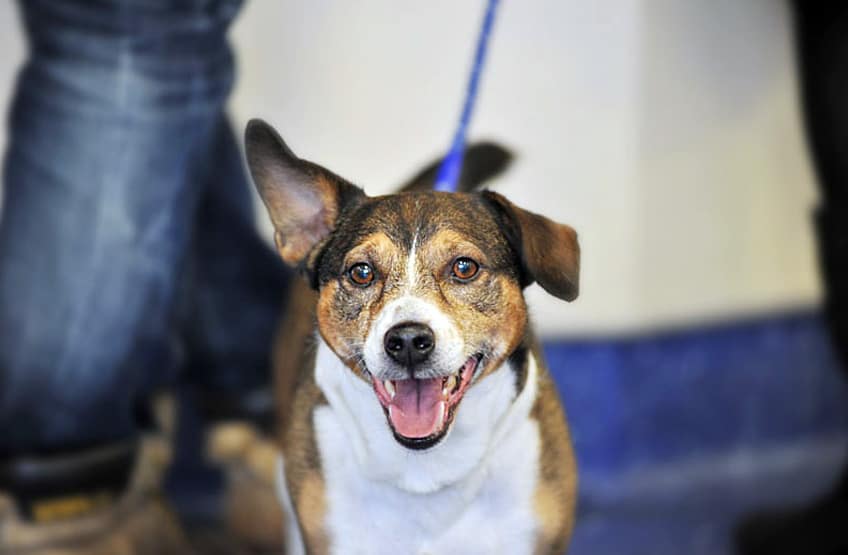What are fleas and how do they get into your home? Fleas are uncomfortable parasites that use our pets for food, they drink their blood - yuk! but they’ll also bite humans too.
They lay eggs in carpets, rugs, furnishings, skirting boards, even in between floor boards. Dormant eggs will hatch when conditions are right – heat and vibrations from a passing pet or person can be a trigger. This is one of the reasons that turning on your central heating in winter can see a flea infestation erupt in your home. It’s also another reason why pets should be treated all year round. Without wanting to make anyone nervous, statistics suggest that there are 10 times as many flea eggs as there are adult fleas, so, for every 10 fleas on your pet there could be 100 eggs in your home. As well as being a discomfort for both you and your pet, fleas also play a part in the transmission of a particular type of worm. To prevent this, worming treatments should be kept up to date as well as treating your pet for fleas.
Find out about our flea and worm treatments
How to Spot the Signs of Fleas on Your Pet
Fleas can be visible on your pet with the naked eye, or you may spot black specs on your pets skin or coat, this is flea faeces. Other signs of fleas include:
- Bite marks
- Itching
- Hair loss on your pet
- Itchy bite marks yourself
- It should also be remembered that pets can be allergic to flea saliva – flea bites can cause your animal distress, irritation, severe itching and weepy, sore skin.
How to Get Rid of Fleas: The Expert’s Advice
It’s important to treat the problem of fleas as soon as you spot the signs. Fleas are not just uncomfortable to have around, they can also spread other infections so you should get rid of fleas in your home as quickly as possible. If you find fleas on your pet then there are a variety of treatments for both your pet and your home:
1. Wash your pet’s bedding
Washing your pet’s bedding will go some way to eliminating the fleas and eggs that might reside there. Your pet’s bedding isn’t limited to the bedding you intend for them; if they sleep on your bed, you should wash your own bedding too. If your pet spends time on a throw on your sofa, wash that too. You should wash the bedding on a high heat to ensure it is cleaned thoroughly.
2. Vacuum all areas of the home
Your vacuum cleaner can be one of your most valuable weapons in the fight against fleas. It sounds simple, but giving your home a good vacuum can dislodge the fleas and eggs that might reside in carpets and other surfaces. Focus on shaded areas that don’t get much sunlight in particular, as fleas love humid conditions and are more likely to reside there. Also the vibrations caused by the vacuum cleaner will help to "wake up" any resting fleas right before you treat your home with a flea killing spray.
3. Treat both your pet & home for fleas
There are various products available and your vet will help you choose which is right your pet. They come in lots of different forms including; spot-on treatments & tablets. It's also important to treat your home too but caution must be taken with this - so ask you vet how to do this safely. If the problem persists, consult your vet.
They will be able to advise you further. Reliable, safe protection is available from your vet. Calder Vets has 12 branches across South & West Yorkshire, each offering a free consultation with a veterinary nurse, which includes a full examination of the skin and general health, worming treatments and further advice. If you are a member of our Pet Health Club, these services are also included in your membership. Give your local branch a call for lots of help and advice.



Our Services